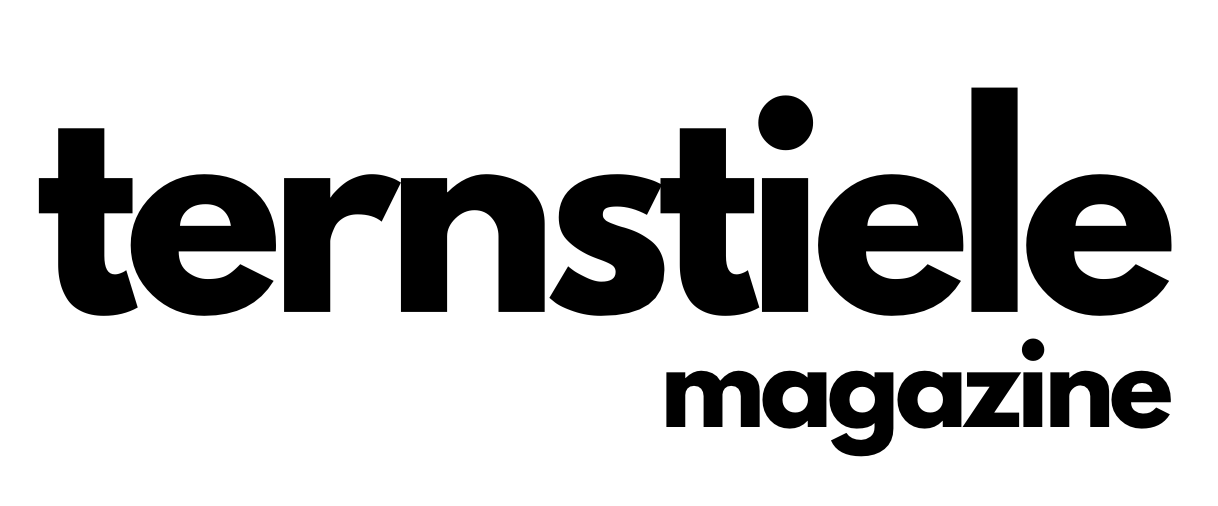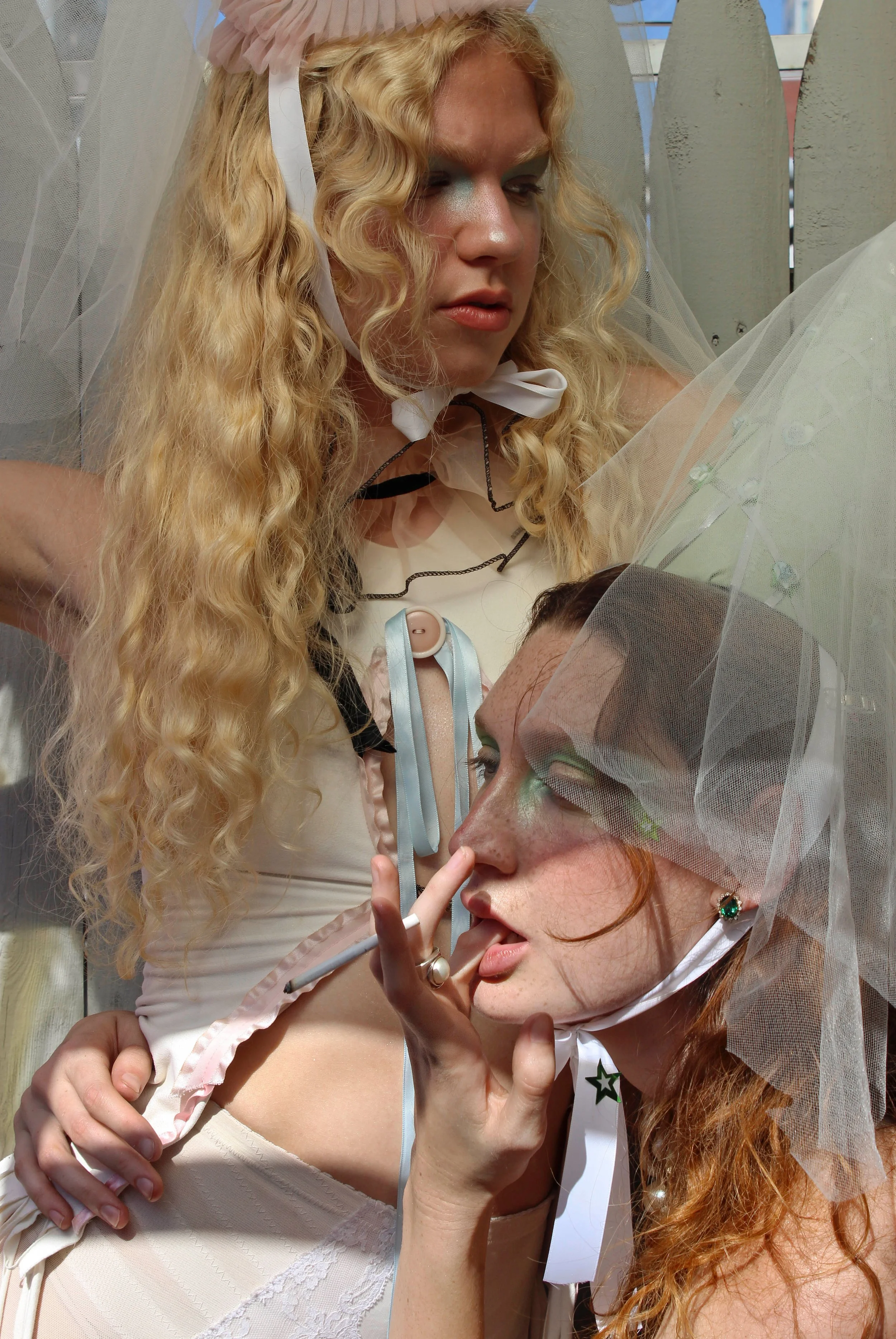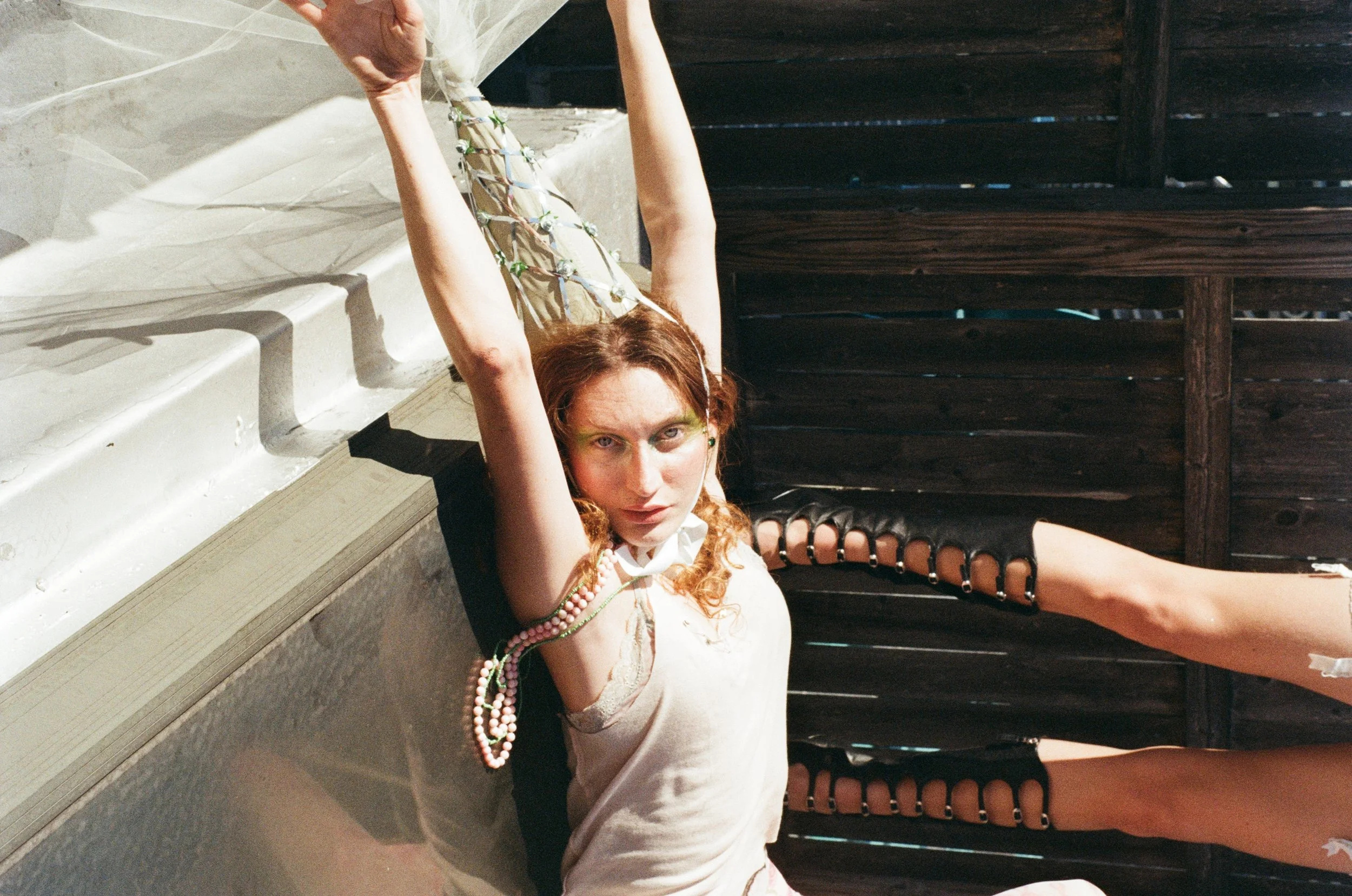City Princesses
Creative by Eva Fournel, Mollie Smith, and Annie Lynch. Photography by Mikayla Yurman and Isaac James. Styling by Cassie Raine Anderson. Makeup by Ella Strayer. Writing by Mollie Smith.
If there’s one thing both Suze Esval and Molly Gardiner can agree on, it’s this: Modeling changed their lives.
Molly is much humbler than you would expect her to be, given she was featured in Vogue less than a week ago. Although she spends her weekends at runways and shoots, she’s also a senior neuroscience major, and she’s passionate about using her degree to get a master’s in social work or speech therapy. Few people are so outwardly joyous when talking about their plans to do extensive graduate schooling, but Molly loves it. She’s bashful, and funny, and incredibly passionate about what she wants to do long term: help others. Commercial modeling is what pays her bills, but above all of that, she loves it.
Modeling, Molly is quick to explain, despite its difficulties, is the thing which gave her the courage to start believing in herself. It’s the thing that gave her the courage to send out thousands of emails on a near daily basis for months until she got signed to her dream agency at 16. It’s the same thing which gave her the courage to switch agencies at 21, when she felt that her former agency repeatedly put models like herself in uncomfortable situations with predatory photographers and industry professionals. Despite the difficulties she has faced, she credits modeling with changing her life—-“It’s taught me how to say no. It’s taught me how to advocate for myself.”
Suze, like Molly, was 16 when she was scouted online from an instagram location tag in her hometown of Nashville, Tennessee. She laughs as she tells me that she thought the agency was a scam, until they sent her to New York fashion week. From there, her career took off rapidly: before she knew it she was modeling in Paris, Milan, and Tokyo. Modeling, for her, gave her endless opportunities to see the world. She’s graced the covers and pages of Harper’s Bazaar Korea, Flaunt Magazine, and Elle Japan.
Although Molly and Suze are 21 and 22 respectively, they’ve spent over half a decade in some of the industry’s top spaces and shoots. Models are designed to attain cult-like status in the cultural sphere. They rule our pinterest boards; they look better than us in ads for the clothing we buy. They are, quite bluntly, aesthetic royalty. Our City Princesses photoshoot was spawned out of an idea to tell the stories and experiences of two of the many young women that keep the modeling industry in business.
Suze Esval can be found on Instagram @suzeesval
SUZE
MS: [Laughing] Okay, so you were mentioning you’re from Nashville originally. How did you get into Modeling, and in New York?
SE: I was scouted when I was younger, like 16. I posted on instagram, in an ice skating rink. And then, I was walking around a Target and got scouted a few weeks later, as well. I didn’t start modeling though, until I was 19.
MS: Do a lot of your friends have similar scouting stories to that, with social media?
SE: Yeah, definitely. The agency was looking at location tags for local places where people would hang out, checking out people. And I was like, is this a scam? I asked my mom, you know, what do you think about this?
MS: Totally. Okay, so walk me through this. You’re 16, and you get scouted, but you know that you still want to live a life and you can’t just drop everything and model. How did you get from there to New York?
SE: I went to my first year of college at the University of Pittsburgh, and I wasn’t thinking about modeling. I was signed, but they didn’t really say too much…but then they were like oh, actually, you should do Fashion Week this year. So after my first year, I took two years off from school and worked in New York, Paris, Milan, and Tokyo.
MS: Can you walk us through the day-to-day of a Fashion Week casting? Do you just get a call and they’re like, be here in an hour?
SE: I guess it depends on the kind of job you’re booking. For Fashion Week, I come to New York a couple weeks before it starts, and then they start putting you in casting, and then you get really busy and you get a call back. Then you get a fitting, and then you get dropped. [Laughs] And then they change their minds and you get confirmed.
MS: How was that in New York versus other places? Did you feel like the American and non-American markets were noticeably different?
SE: Yeah! In Milan, I didn’t work as much. I wasn’t what they wanted at the time and then in Paris I worked more.
MS: Was working in these non-American markets a way for you to see the world?
SE: Oh, yeah, for sure. I got to experience a lot of things that I would never have otherwise experienced. Like, I’m 19, and I’m chilling by myself in Paris. I want to go back to Tokyo soon. It was my favorite place I’ve ever been, the food was so good and everyone was so nice. They have such good vintage fashion. I was really broke when I was there…if I had the money I have now, I would buy so much! [Laughs]
Molly Gardiner can be found on Instagram @mollyygardiner
MOLLY
MS: How did you get into Modeling?
MG: My story is unconventional, because I was never scouted. I think there are models that are the like, Lana del Rey vibe of not trying, or whatever. [Laughs] I tried very hard to do this. I was 16, it was 2020, and I was stuck inside, so I started manifesting. I told myself that if I could do this, then I could do anything.
MS: Okay, so you’re 16, and you want to be a model. How did you get from there to where you are now?
MG: So, I had just quit tennis. From the ages of three to 15 I had trained to become a professional tennis player, and I would train like, five days a week, three hours a day, and it was a living hell. I actually hated it. But I was cracked at it. I remember when I was 12, I was like third in New Jersey for 12 year olds. So I was cracked for sure, but I hated it so much. I really despised it. It was my entire life, and I had social anxiety, and it was awful. So when I quit, I was like, I am only doing the shit I want to do from now on.
MS: And what you wanted to do was get signed?
MG: Yeah, essentially. I had this vision board with famous models like Bella Hadid’s body and my face on top. I had this manifestation board, and the funny thing is that every single thing on my board came true. I listened to manifestation playlists on youtube for months. I wanted to be in fashion so badly!
MS: From there, how did you end up getting signed?
MG: I took digitals, and for basically a span of four months every single week I would take more digitals and apply to agencies. I’m a pretty relentless person. I would send hundreds to every agency imaginable in the world and I applied over and over and over and over and over again. I sent thousands of emails. And finally, after four months, I got sent to do a test shoot, and I got signed.
MS: Wait, so you manifested your life, basically?
MG: You know, I think manifesting is interesting, because I think it kind of takes away from the fact of how much actual effort we put into it. You want it so bad, and you think it’s manifestation, but it’s really just you putting in effort and working towards your career. Modeling gave me the self confidence to believe things could happen. I hated myself growing up, and I thought I was so ugly. I used to pray to God that I would stop growing, because I was so tall. I feel like, now, I love myself for this ugly child that I still feel like I am. But I also love modeling and how it’s kind of a performance, you know? To me, modeling is kind of like drag. In my life, I dress like a 12 year old boy. And then, in modeling, I can put on a whole thing and perform in so many different personas.
MS: That’s so fun, in an age of fluidity and expression.
MG: It’s funny, the whole concept of gender and whatnot, because people think women should be one thing. But I feel like the only time when I am feminine is when I’m doing modeling. Otherwise, I wear jorts and big t-shirts, and I don’t necessarily aim to be sexy or attractive, least of all to men. I hate that shit.
MS: Absolutely. Because part of your job is sort of re-enacting this commodity, this femininity.
MG: Yeah, and it doesn’t make you who you are at all. It’s funny, because even though that’s how a lot of people see me through my portfolio, that’s not how I am at all.
MS: Do you think people are weird about you being a model?
MG: I actually don’t really tell people about it. There’s definitely a taboo of models being dumb. But it’s weird, because I really love modeling. I’ve met so many people, and in every aspect of my life it’s taught me how to handle myself. I was always socially anxious, but it’s made me outgrow those things and become outgoing. It’s taught me how to say no. It’s taught me how to advocate for myself.
City Princesses would not have been possible without our amazing, incredibly talented team:
Creative by Eva Fournel, Mollie Smith, and Annie Lynch
Photography by Mikayla Yurman and Isaac James
Modeling by Molly Gardiner and Suze Esval
Styling by Cassidy Raine Anderson, including custom seamless top pictured on Suze
Makeup by Ella Strayer








